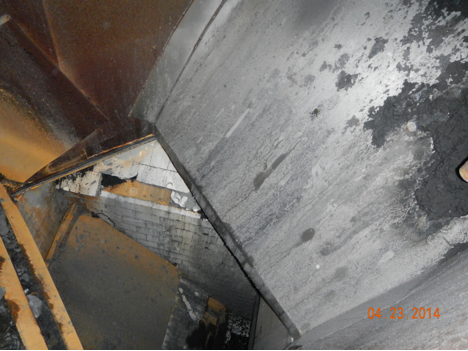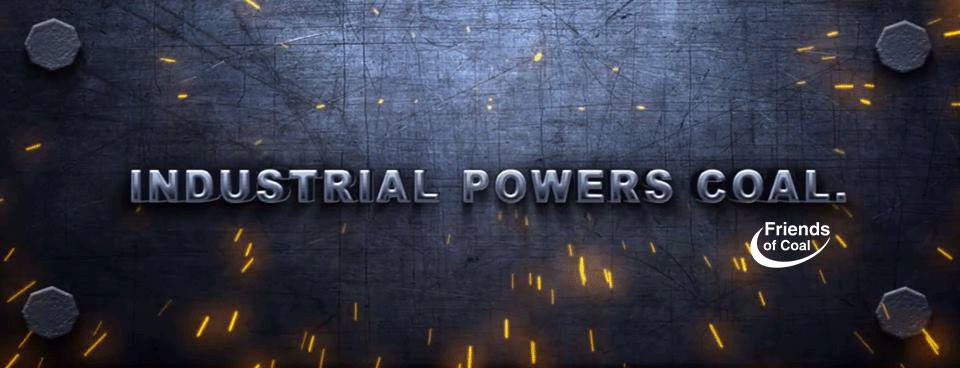By: Raymond Perr, PE
The chute in this picture doesn’t look all that unique. It’s been worked hard, some of the ceramic lining has fallen off, the steel liners have seen better days and in general, the chute could use some overall maintenance.
Often maintenance projects in coal preparation plants must be performed in very limited time frames, many times working continuously around the clock until the project has been completed. Delays result in lost production and revenue.
Here are six keys to a successful maintenance project.
1. Always keep safety as your number one goal. Successful projects don’t include those where someone is hurt or injured. Safety needs to be part of each decision as you move forward with planning the project.
2. Be careful not to select a contractor entirely on price. Take the time to qualify each of the contractors that are being considered to assure that they have the necessary expertise and experience to perform the work. Understand who the individuals are that will be part of the project teams and their past experience. Selecting the right contractor may be the decision that has the most impact on the success of the project.
3. Allow enough up-front time for planning any required work necessary before the project is started in the field. Keep in mind that small projects, like the chute in the picture, often take almost as much pre-construction time as a larger project. For example, this chute relining project will require engineering, detailing and steel fabrication. Successful projects don’t rush through this process. Allow enough time for this work to be done and properly reviewed. In many instances this can take months, not a few weeks.
4. Perform a risk analysis to determine what could go wrong and plan for these events. You may not be able to anticipate all the potential problems, but with some thought, it is possible to foresee many of them. Again, risk evaluation should be part of each decision as you plan the project.
5. Prior to starting in the field, conduct an inventory of all the necessary tools, equipment and material that will be required to execute the work. This should include all items down to the bolts, washers and nuts. After the trigger is pulled is not the time to find out that something is missing.
6. Assure that all the individuals in the field performing the work understand the scope down to the last detail. It is essential that these people have copies and have reviewed all the necessary drawings, manuals and project specifications. Make sure all questions have been answered. Review the risk analysis to make sure these individual understand any contingency plans that have been developed.
The implementation of these six keys should go a long way in helping to assure successful maintenance projects!
{{cta(‘a42a9454-b27d-4ad8-9195-51d4fa3eef32’)}}
http://www.indres.com/contact-us


